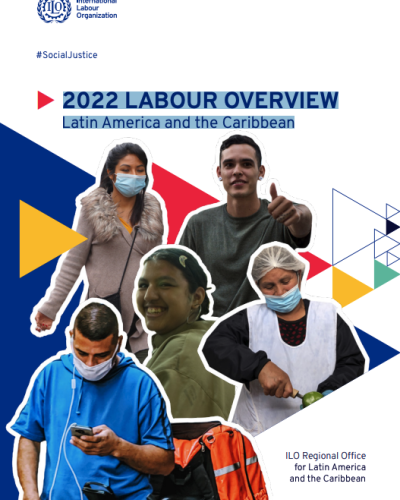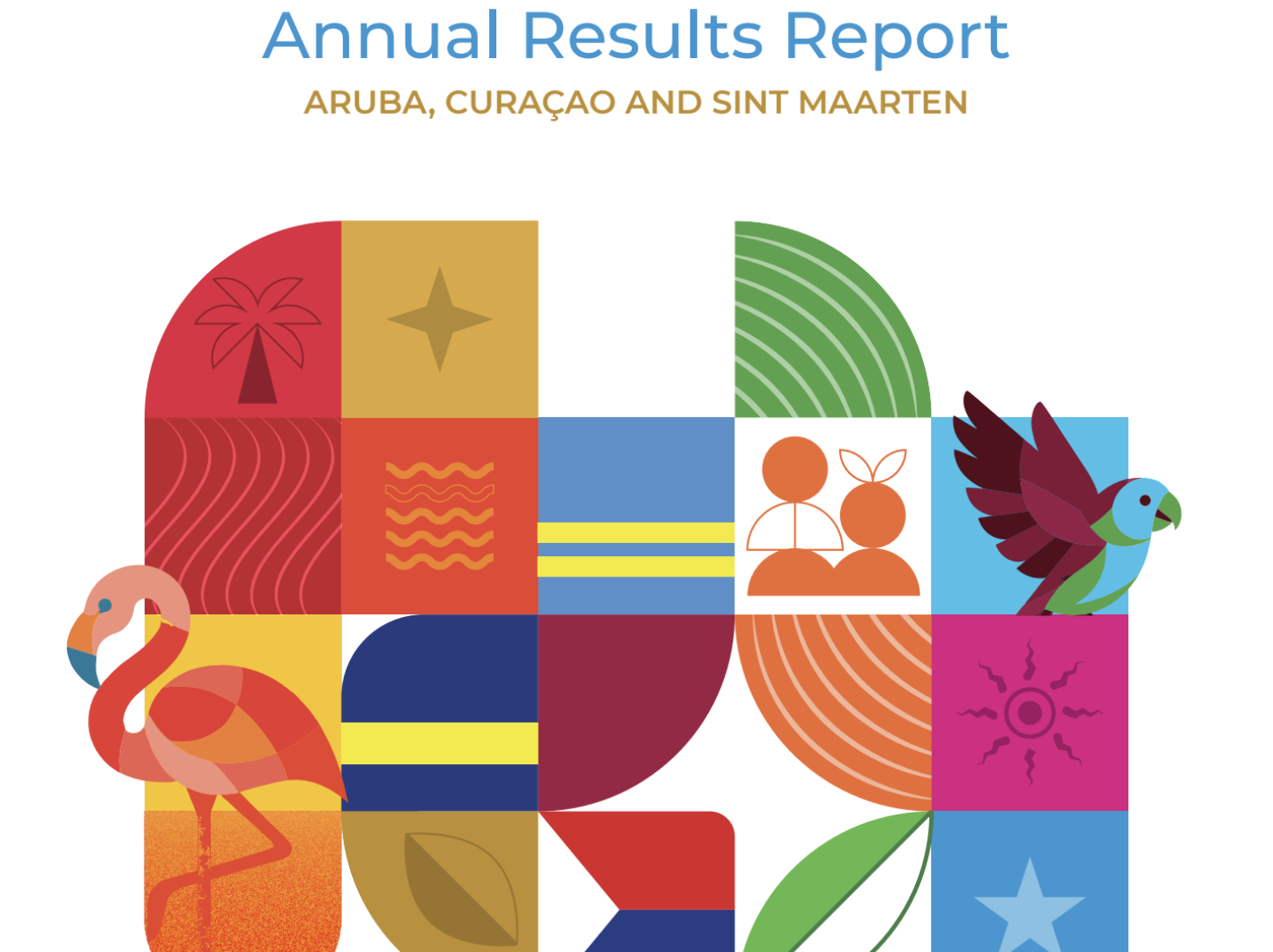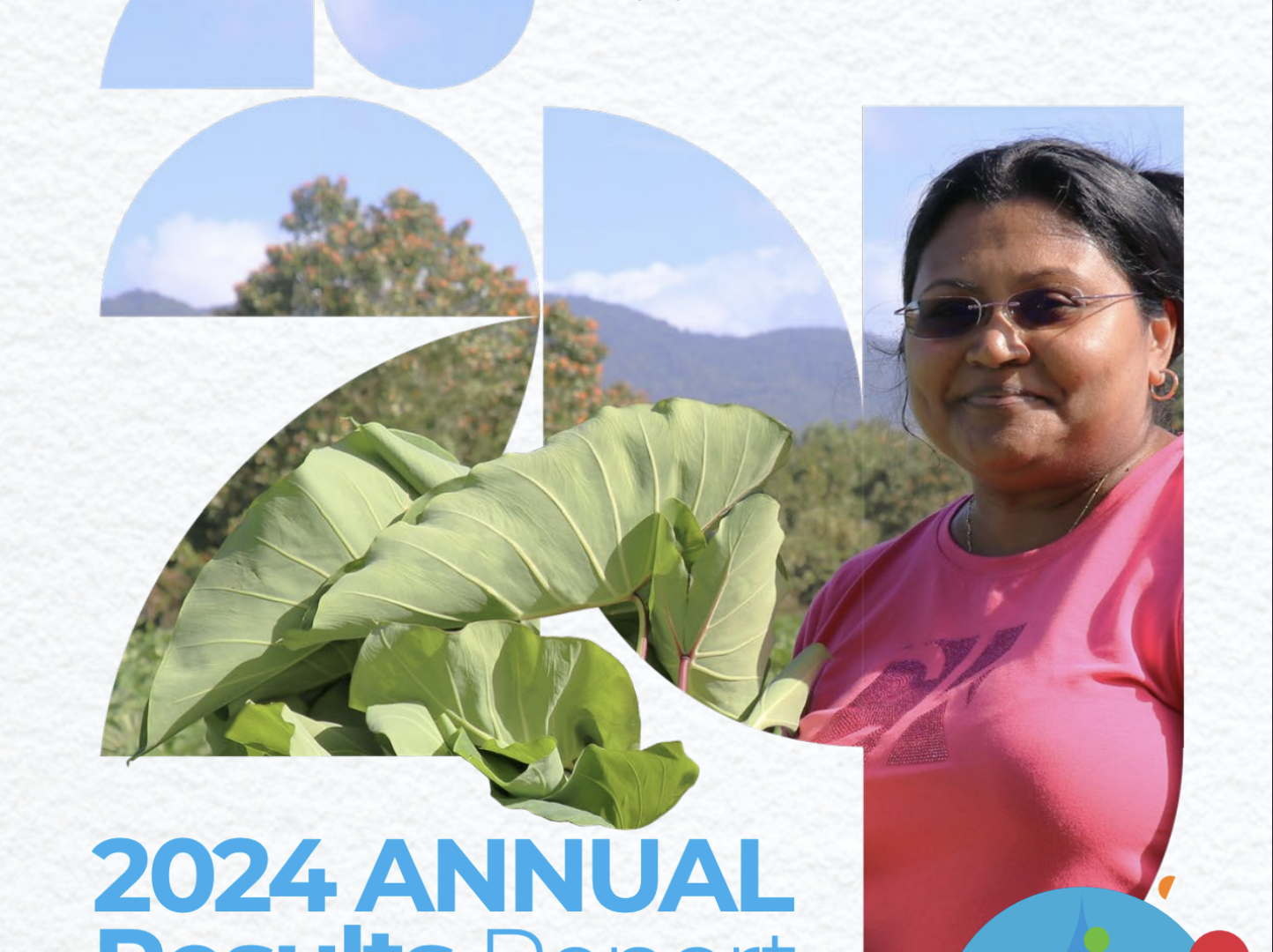2022 LABOUR OVERVIEW Latin America and the Caribbean

The sharp slowdown in economic growth projected for 2023, together with limited fiscal space and high levels of inflation, make for a highly complex and uncertain labour outlook for Latin America and the Caribbean.
In this context, it is urgent to implement and strengthen policies that contribute to the creation of formal employment and the sustainability of labour income.
Three years after the onset of a pandemic that caused a deep crisis in the labour markets of Latin America and the Caribbean, the good news is that the economic recovery has allowed employment to return to 2019 levels.
The unemployment rate of 7.2 per cent that we had at the end of 2022 is significantly lower than in 2019, when it was 8 per cent. However, it is important to note that this was achieved in part because, unlike the employment rate, the regional labour force participation rate is still slightly lower than it was before the COVID-19 pandemic.
Due to the low growth forecast for the economy, unemployment will most likely rise (albeit minimally) in 2023.
At the same time, the countries of the region will have to face the consequences of a period of high inflation and its impact on wages, which are the main source of income for Latin American and Caribbean families. In addition, it will be necessary to closely monitor the evolution of informality, an endemic feature of our labour markets that brings with it job instability, low incomes and lack of social protection.
This edition of the Labour Outlook corroborates that employment recovery after the pandemic crisis has been driven by the recovery of informal jobs, although the share of formal occupations in total employment has been growing. Some countries are already recording higher informality rates than in 2019. Currently, informal employment affects one out of every two workers in the region.




